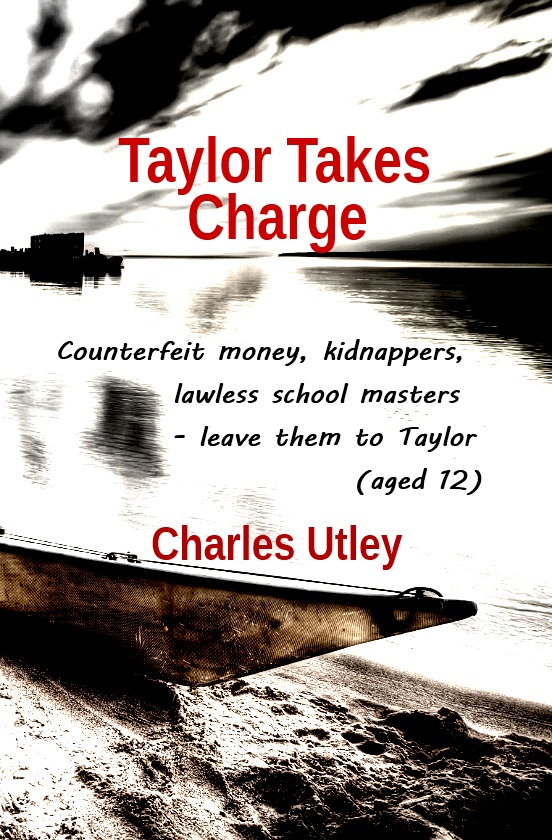“Poetry slows us down, cherishes small details. A large disaster erases those details. We need poetry for nourishment and for noticing, for the way language and imagery reach comfortable into experience, holding and connecting it more successfully than any news channel we could name.” About her “Palestinian grandmother who lived till she was 106” she has this to say: “She wanted people to worship in whatever ways they felt comfortable. To respect one another, sit together around the fire cracking almonds and drinking tea, and never forget to laugh no matter what horrible things they had been through. What wisdom,” she asks, “did she know that all these men can’t figure out?” (from the Introduction.)
In “Different ways to pray”, she writes
“There was the method of kneeling,
a fine method, if you lived in a country
where stones were smooth.
Women dreamed wistfully of
hidden corners where knee fit rock.
their prayers, weathered rib bones,
small calcium words uttered in sequence,
as if this shedding of syllables could
fuse them to the sky.
There were men who had been shepherds so long
they walked like sheep.
Under the olive trees, they raised their arms --
Hear us! We have pain on earth!
We have so much pain there is no place to store it!
But the olives bobbed peacefully
in fragrant buckets of vinegar and thyme.
At night the men ate heartily, flat bread
and white cheese,
and were happy in spite of the pain,
because there was also happiness.
In “Passing the refugee camp” she writes after describing how
“Yesterday the soldiers smashed
Lena’s sink and tub and tiles” and
“They whipped a father in front of his sons
ages 2 and 4” and later
“On the steps of the National Palace Hotel
soldiers peel oranges
throwing back their heads so the juice
runs down their throats” she asks
They know what sweetness lives within
How can they know this and forget
so many other things?”
It is difficult for me to pick poems in this wonderful book that are favorites, because so many of them are. Painful, beautiful, poignant, wonderful poems. In “All things not considered”, she has this to say:
“You cannot stitch the breath
back into this boy.
A brother and sister were playing with toys
when their room exploded.
In what language
is this holy?
TheJewish boys killed in the cave
were skipping school, having an adventure.
Asel Asleh, Palestinian, believed in the field
beyond right and wrong where people
come together
to talk. He kneeled to help someone else
stand up before he was shot.
If this is holy,
could we have some new religions please?”
In “Blood”, she writes:
I call my father, we talk around the news.
It is too much for him,
neither of his two languages can reach it.
I drive into the country to find sheep, cows,
to plead with the air.
Who calls anyone civilized?
Where can the crying heart graze?
What does a true Arab do now?
I first encountered Naomi Shihab Nye when I read one of her poems, “Kindness” that haunted me until I found the book it was in and bought it. She is also the author of the young adult novel “Habibi”, which I have also reviewed, and other novels and poetry collections.
This is a book I keep nearby to read again and again and again. Go to your nearest bookstore and buy a copy. Get one from amazon.com or The Book Depository. But get one,read them out loud and listen to the voices there.















